Rising Nighttime Temperatures in Córdoba: A Growing Climate Challenge
Exploring the Impact of Rising Nighttime Temperatures
The City of Córdoba
Córdoba is a historic city located in southern Spain, in the Andalusian region along the banks of the Guadalquivir River. Known for its rich cultural heritage and stunning architecture, Córdoba experiences a Mediterranean climate (Köppen-Geiger classification Csa), characterised by hot, dry summers and mild winters.
During the summer months, temperatures often soar, with daytime highs frequently exceeding 40°C, making it one of the hottest cities in Europe. The region’s dry summers and intense heat waves make understanding changes in nighttime temperatures particularly crucial for the well-being of its residents.
Climate Change Data
Climate change is rapidly altering weather patterns and increasing the frequency and intensity of extreme events such as heatwaves. These changes are especially critical in dry regions of the Mediterranean basins, where already high summer temperatures are expected to rise further. As nighttime temperatures also increase, they pose a growing threat to human health, particularly for vulnerable populations.
In this context, access to precise and localised climate data is crucial for understanding future scenarios and planning effective adaptation strategies. At Climate Scale, we bridge this gap by offering advanced climate data and analysis tools that enable stakeholders to make informed decisions. Our focus is on providing high-resolution insights that help communities, businesses, and governments prepare for the impacts of climate change.
This case study aims to analyse the projected increase in the number of nights with minimum temperatures above 25°C in Córdoba.
Our Climate Tool: SERIES
To conduct this analysis, we use Climate Scale’s product, SERIES. SERIES provides daily time series data for a wide range of climate variables, leveraging more than 20 state-of-the-art climate models from the CMIP6 initiative. It allows users to explore projections across various emission scenarios: SSP2-4.5, SSP3-7.0, and SSP5-8.5, as observed in Figure 1.
Users can access granular climate projections with a high temporal resolution anywhere worldwide, making it an ideal tool for analysing trends in variables over time. Climate Scale’s data is powered by the latest advancements in machine learning, cutting-edge downscaling methodologies, and high-performing computing.
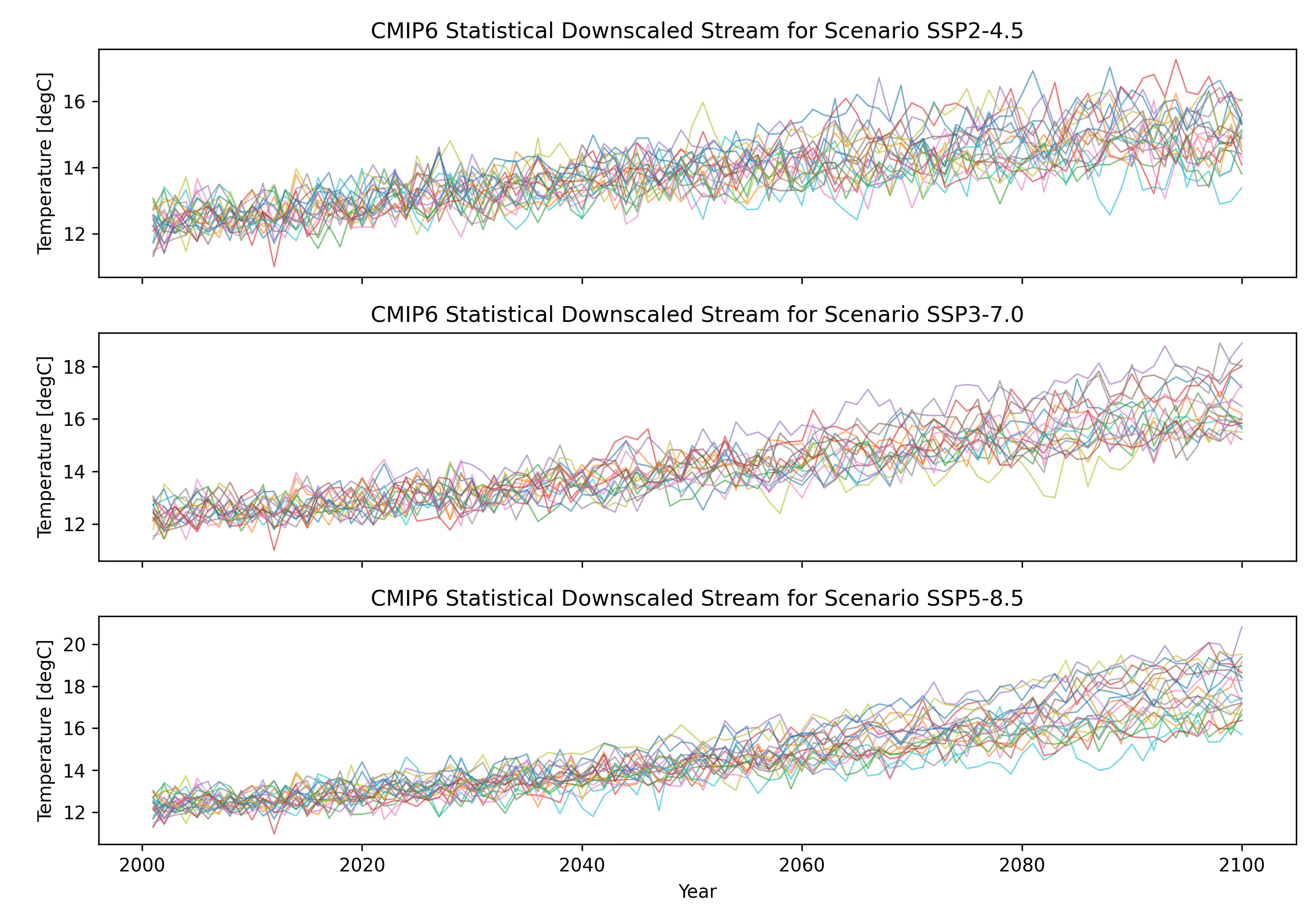
Temperature Projections Results
Based on the analysis of the number of days with minimum temperatures above 25°C in Córdoba from now until the end of the century, our findings indicate significant differences across various emission scenarios (Figure 2). In the near term, by 2030, all scenarios exhibit relatively few days with such high minimum temperatures. As time progresses, the distinctions between scenarios become more apparent, especially by mid-century.
In scenarios with lower emissions (like SSP2-4.5), the rise in the number of warm nights is more gradual and stabilises over time, reflecting the effects of emission reduction efforts. In contrast, scenarios with higher emissions (SSP3-7.0 and SSP5-8.5) show a more pronounced increase, with SSP5-8.5 experiencing the steepest rise. By 2080, this scenario projects more than four times the number of nights with temperatures above 25°C compared to historical levels.
.avif)
By the end of the century, the divergence between scenarios is evident. SSP2-4.5 stabilises, suggesting that sustained mitigation efforts can prevent further escalation. SSP3-7.0 continues to rise, though at a slower rate, while SSP5-8.5 faces the highest number of warm nights. This trend underscores the relationship between greenhouse gas emissions and the frequency of hot nights.
For context, historical data from the ERA5 reanalysis (2000-2022) shows that Córdoba averaged about 3 days per year with minimum temperatures above 25 °C. However, projections suggest that under high-emission scenarios, this could increase to over 100 days annually by the century’s end.
Outlook
As global temperatures continue to rise due to climate change, the increasing frequency of warm nights—days where the minimum temperature remains above 25°C—poses challenges to vulnerable populations, increasing the risk of heat-related health issues. The findings underscore the need for adaptive measures to enhance mitigation and build resilience.
Tools like Climate Scale SERIES offer localised and advanced climate modelling, equipping decision-makers with the knowledge necessary to navigate the uncertainties of a warming world.
Stay tuned for more on these topics in future articles!
Further Reading
IPCC AR6-WGI, 2021:
https://www.ipcc.ch/report/ar6/wg1/downloads/report/IPCC_AR6_WGI_TS.pdf






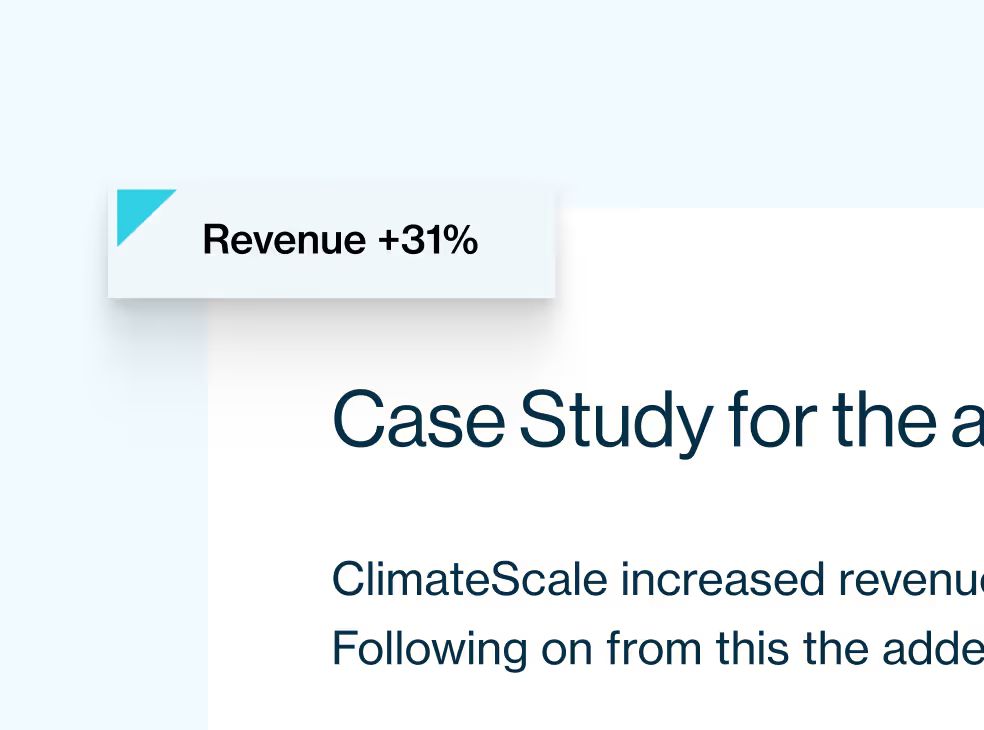




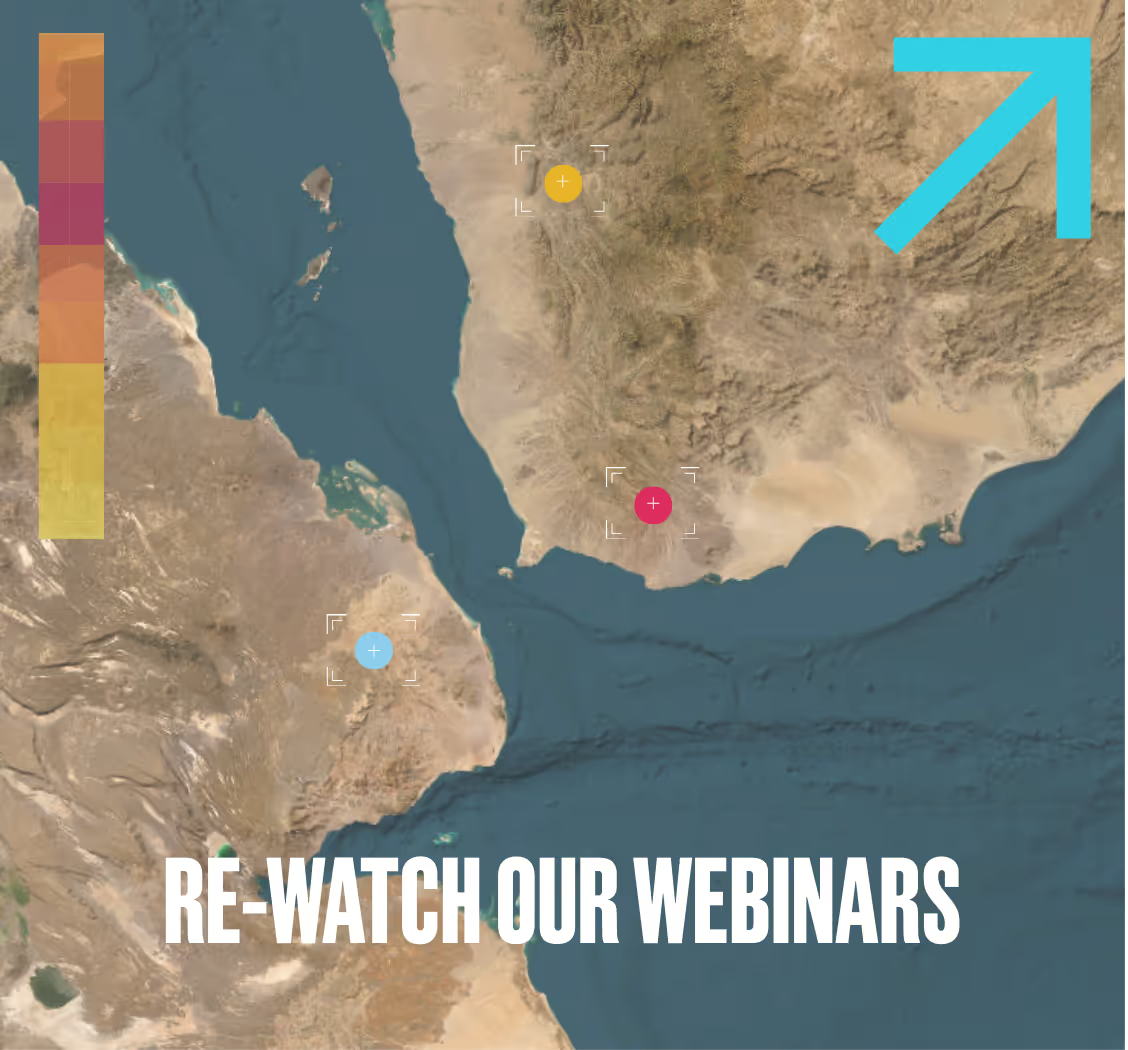


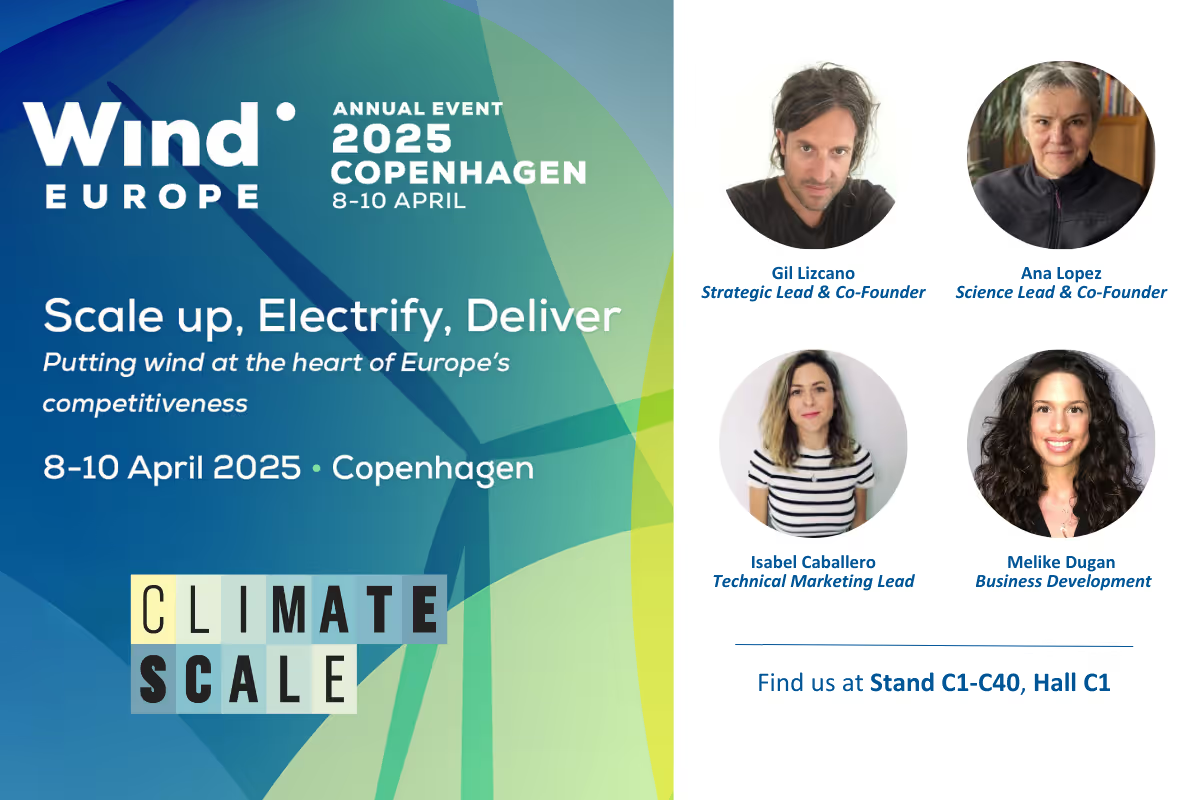
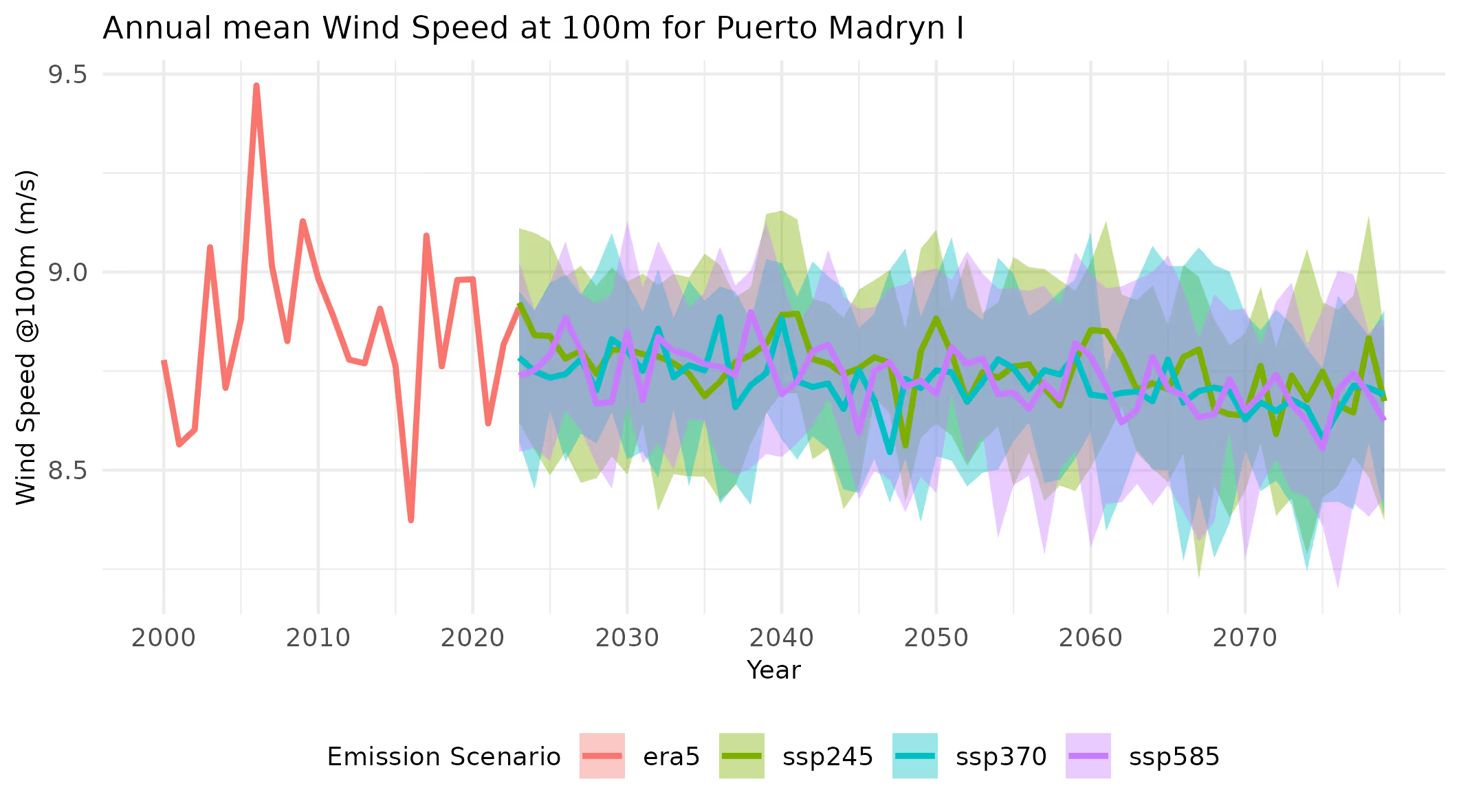

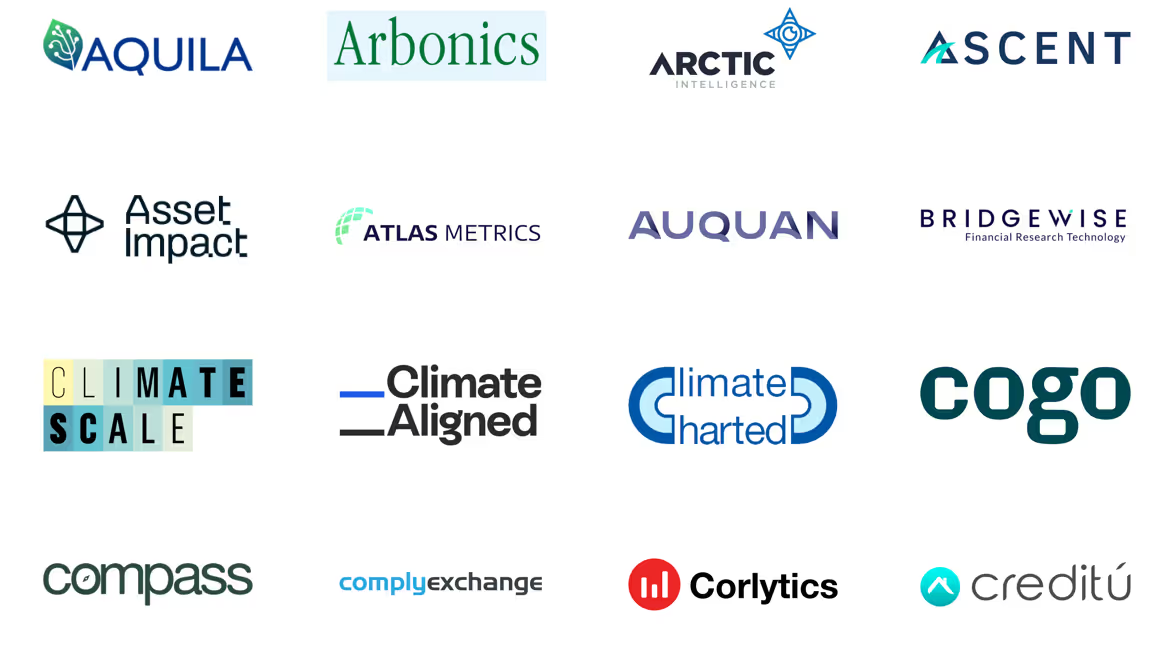
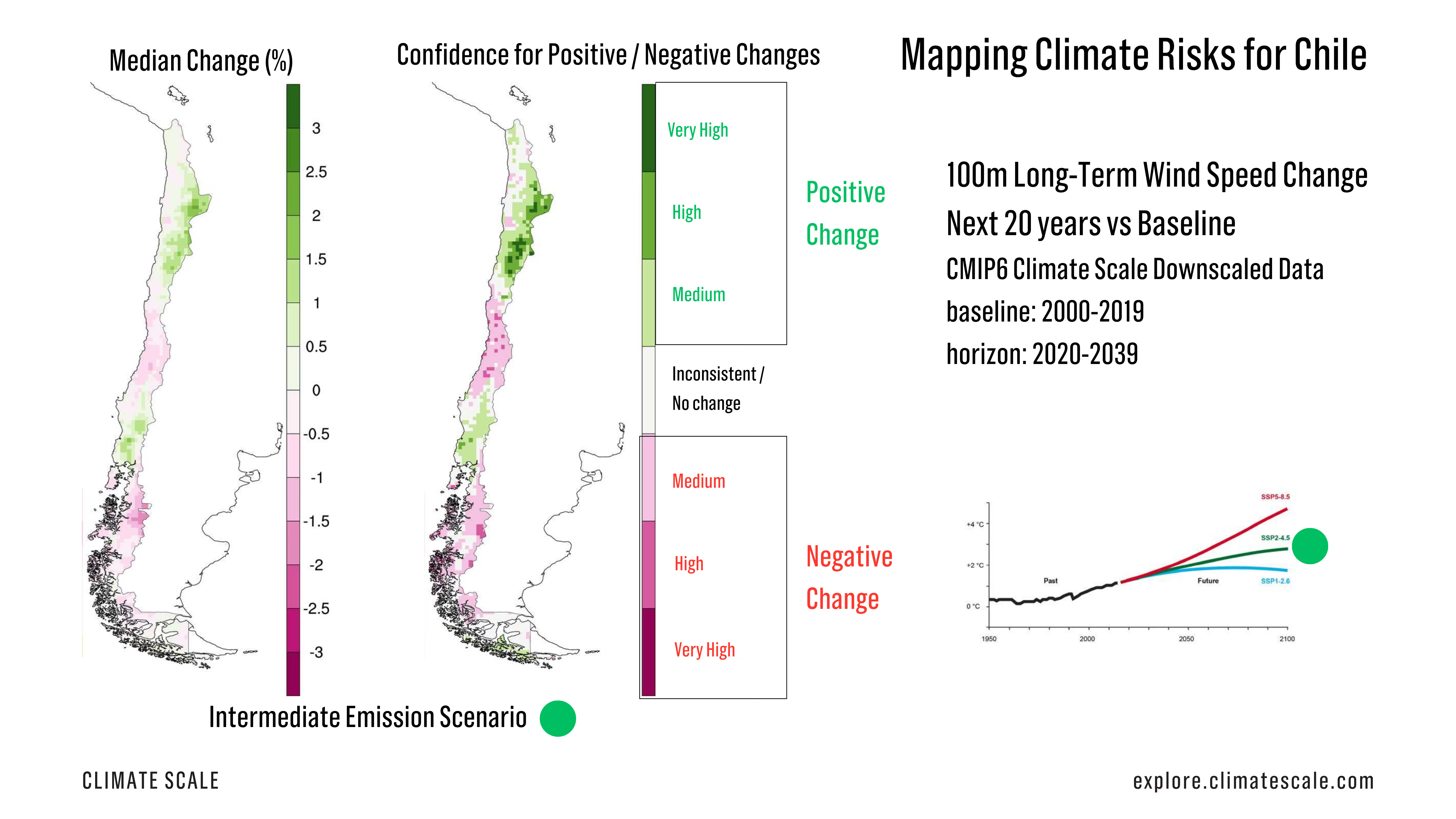
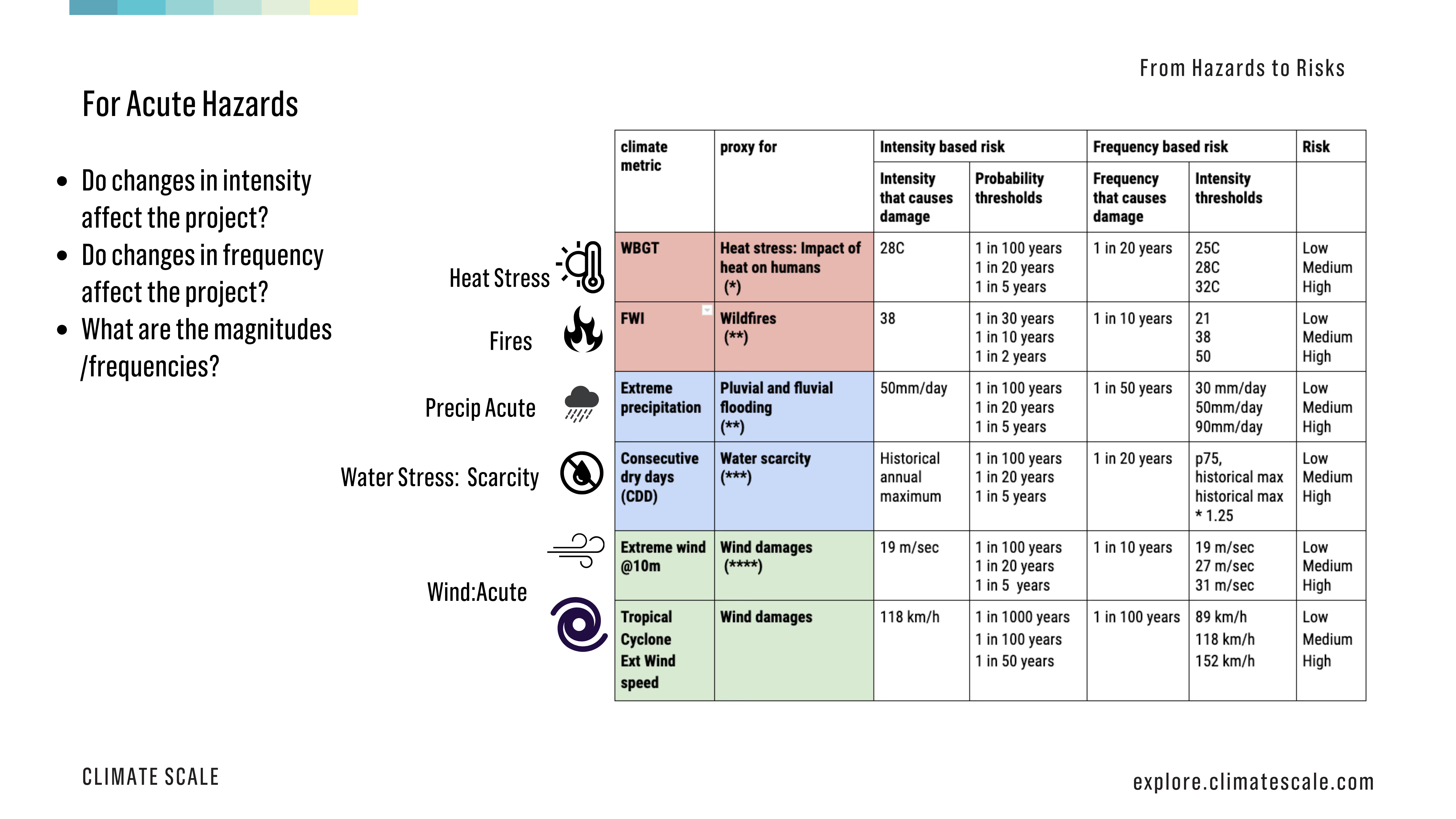
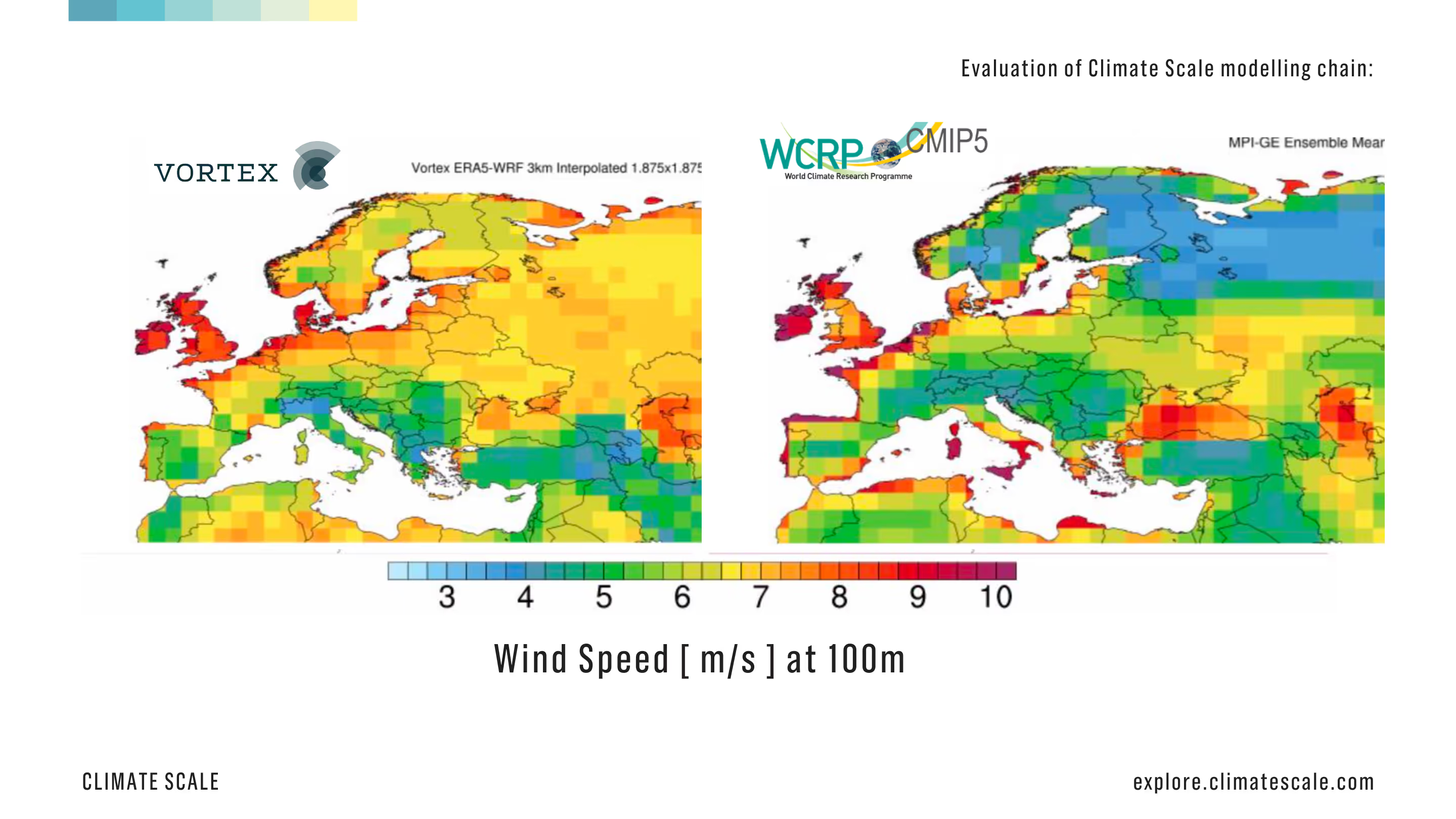
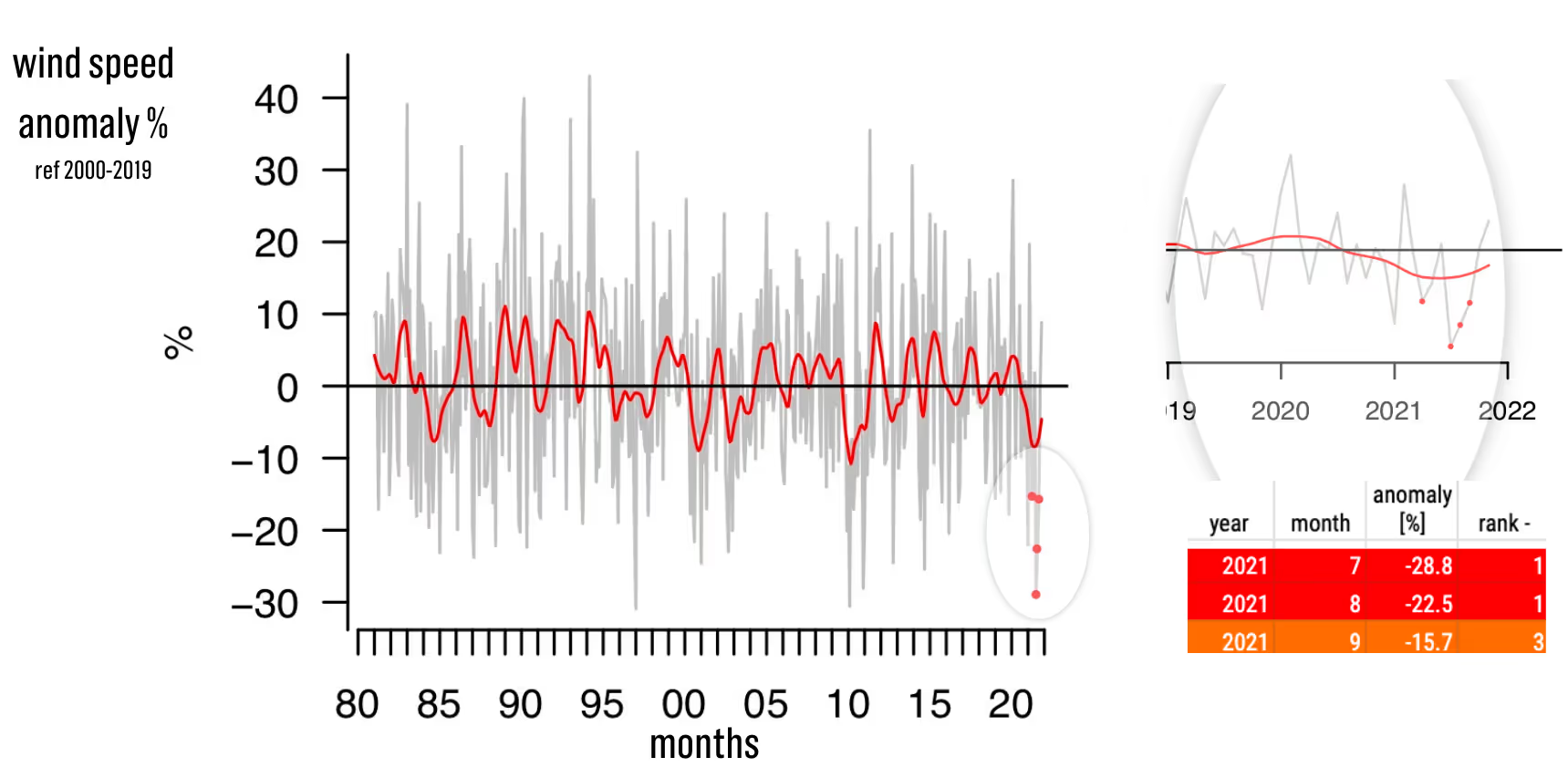

.avif)



